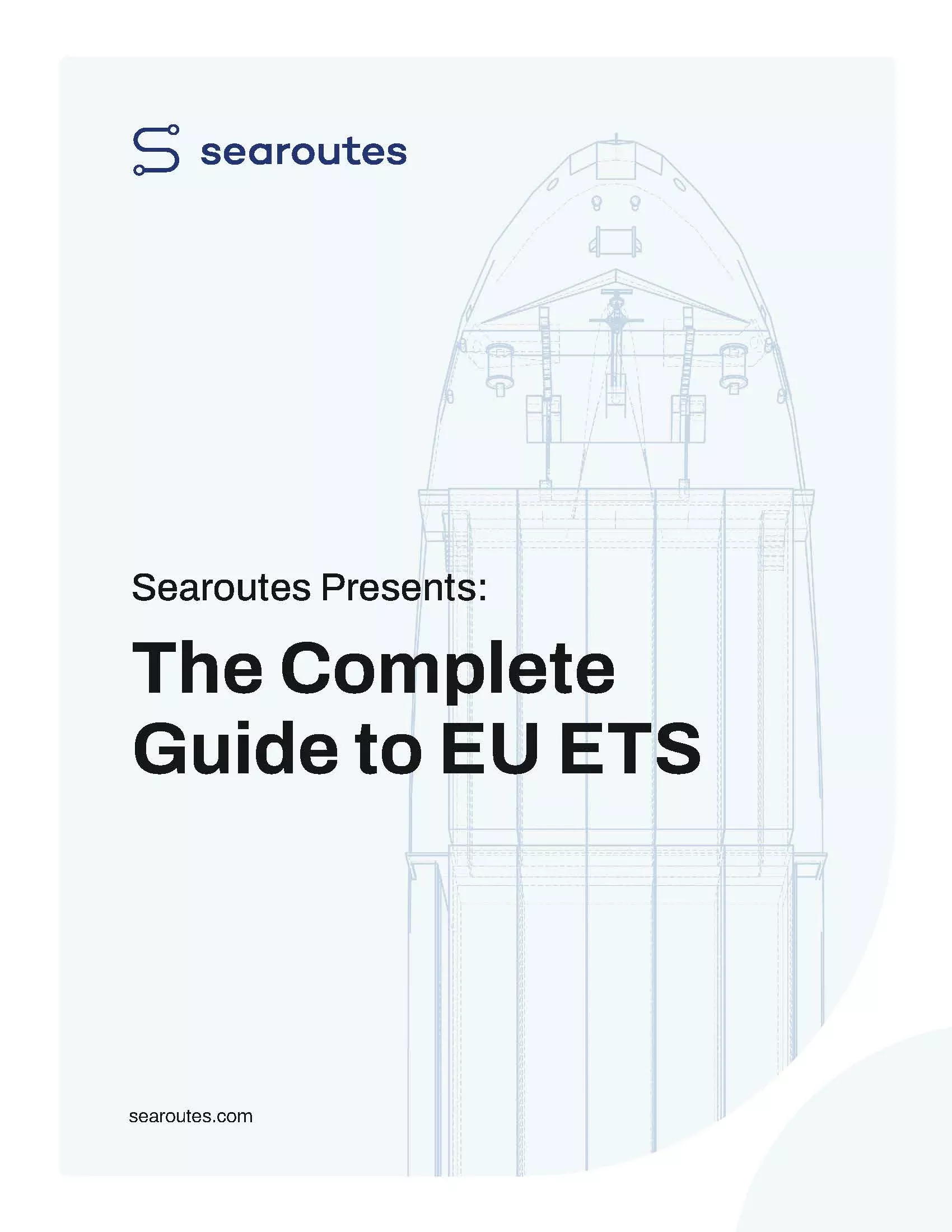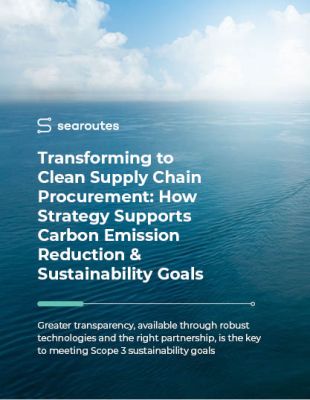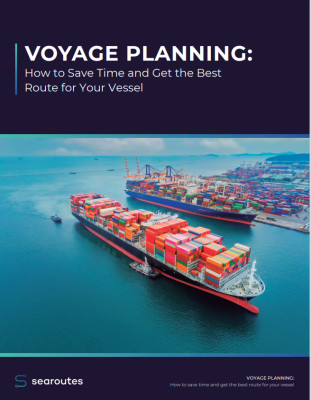
The Complete Guide to EU ETS
Since January, the European maritime sector has been participating in the European Union’s emissions trading system. Known as the EU ETS, this groundbreaking regulatory initiative calls for the maritime shipping sector to reduce greenhouse gas (GHG) emissions using a phased approach. Joining efforts with other sectors, the overarching goal is to slash GHG emissions by 55% by 2030 and to become climate neutral by 2050.
Complying with the European Union’s emissions trading system might mean higher costs for shippers, but Searoutes’ API tools can help shippers gain a better understanding of what costs to expect.
This report on the impact of the EU’s emissions trading system on the European maritime sector enables shippers to meet changes to freight costs head-on.

